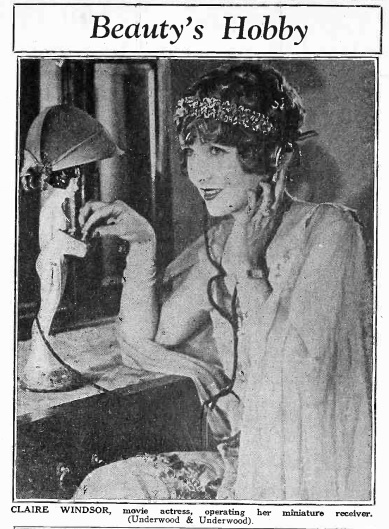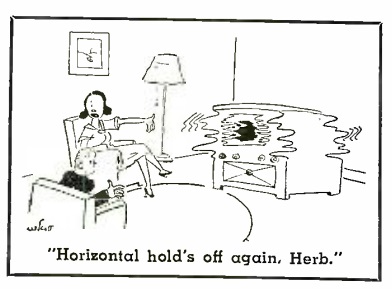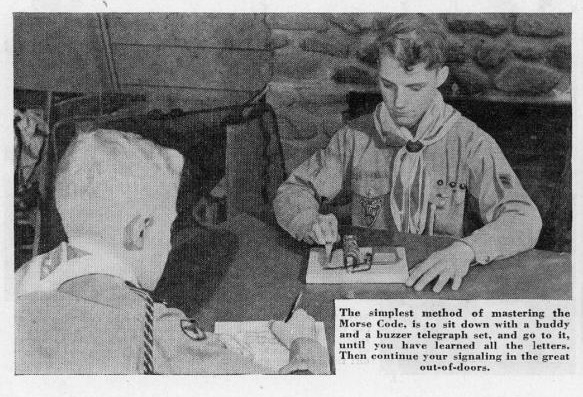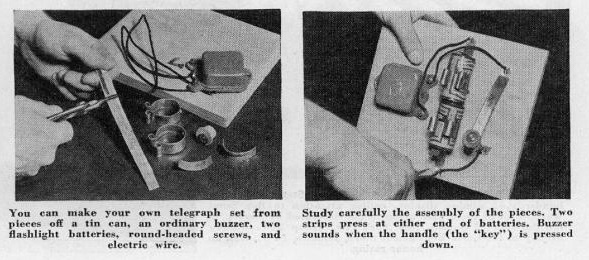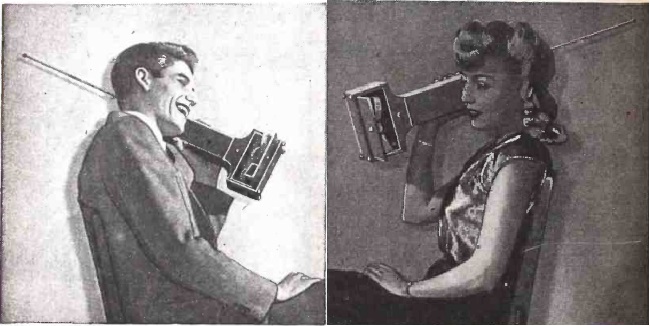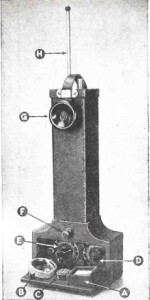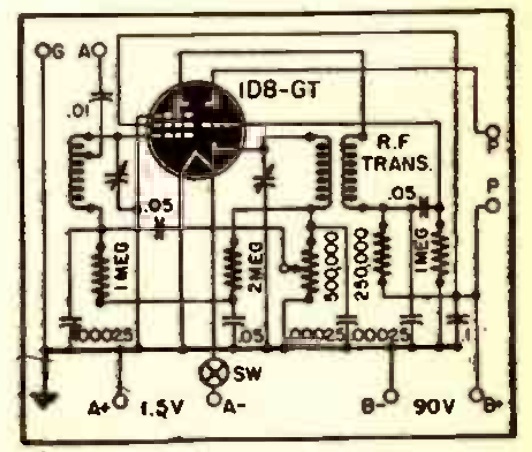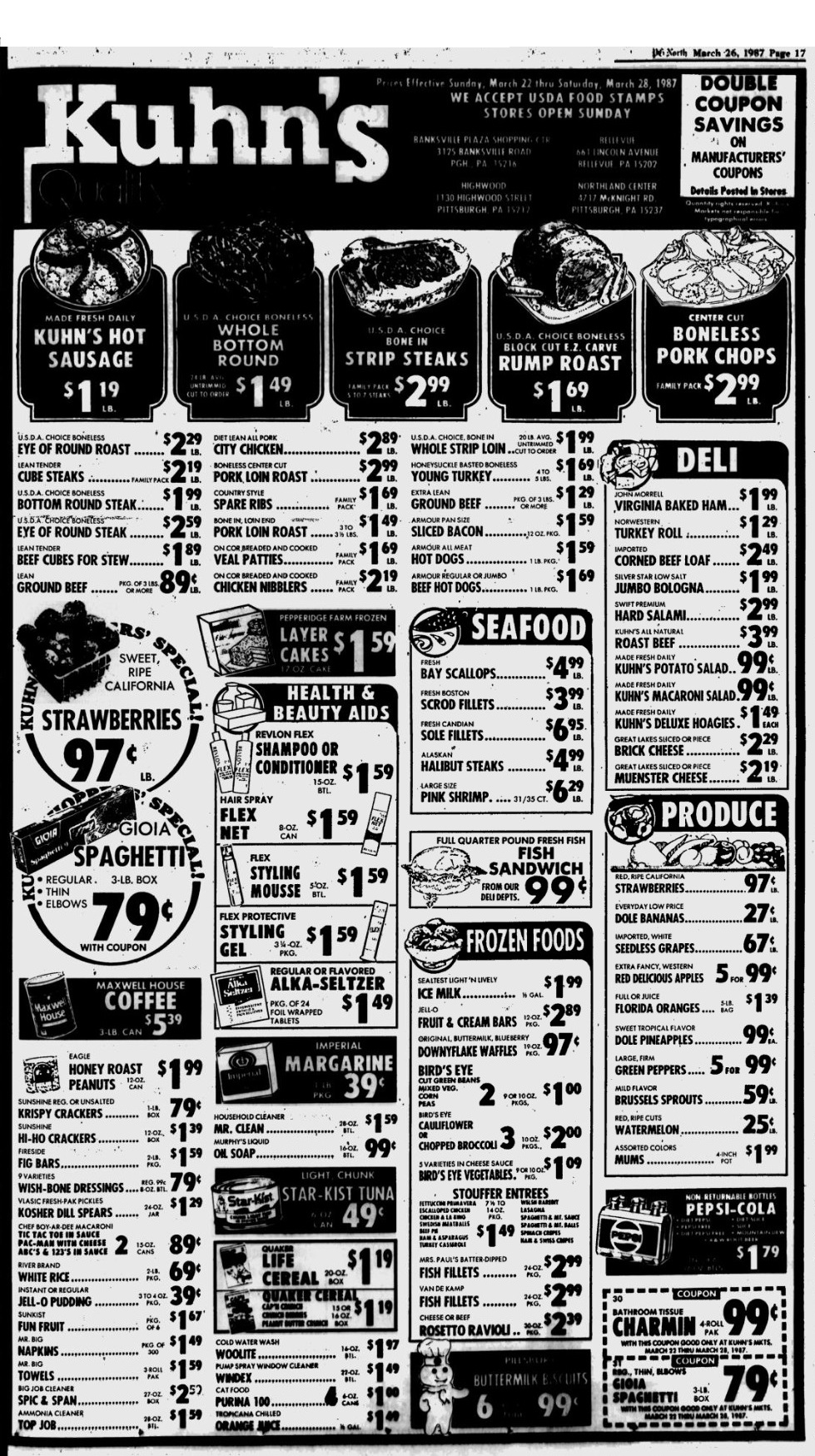 For a look at 1978 grocery prices, this ad appeared in the Pittsburgh Post Gazette on April 5, 1978. The prices might look low, there has been a lot of inflation since 1978. According to this online calculator, one dollar in 1978 works out to $4.89 in 2025 dollars.
For a look at 1978 grocery prices, this ad appeared in the Pittsburgh Post Gazette on April 5, 1978. The prices might look low, there has been a lot of inflation since 1978. According to this online calculator, one dollar in 1978 works out to $4.89 in 2025 dollars.
This means that the ten-pound bag of potatoes for 98 cents is about $4.79 in today’s money. And the quart of Miracle Whip for 59 cents would be about $2.89. A pound of bacon for $1.29 would be $6.30. If you want to compare prices, these links take you to the current listing on Amazon for the same product.
Some links on this page are affiliate links, meaning that this site earns a small commission if you make a purchase after using the link.

